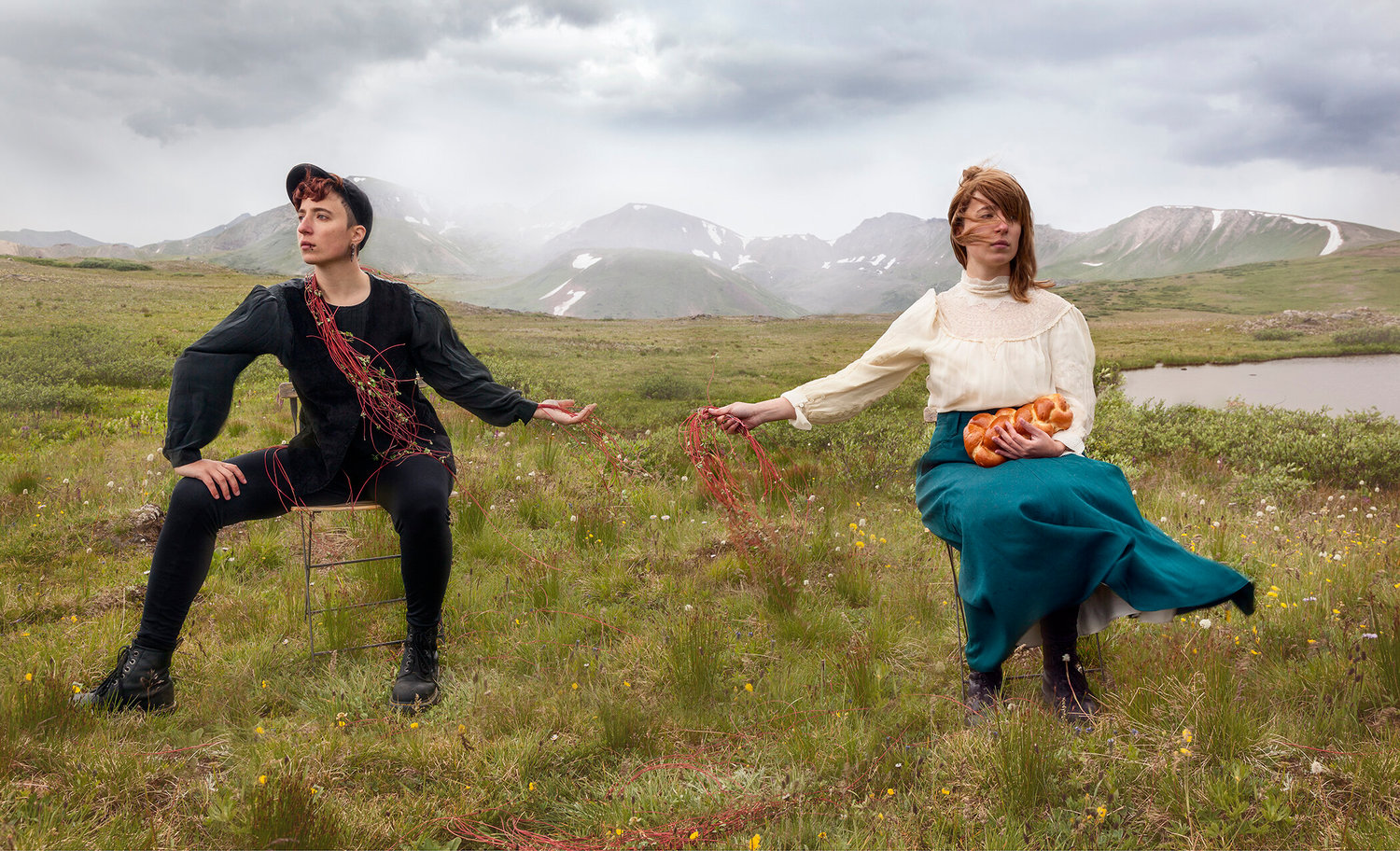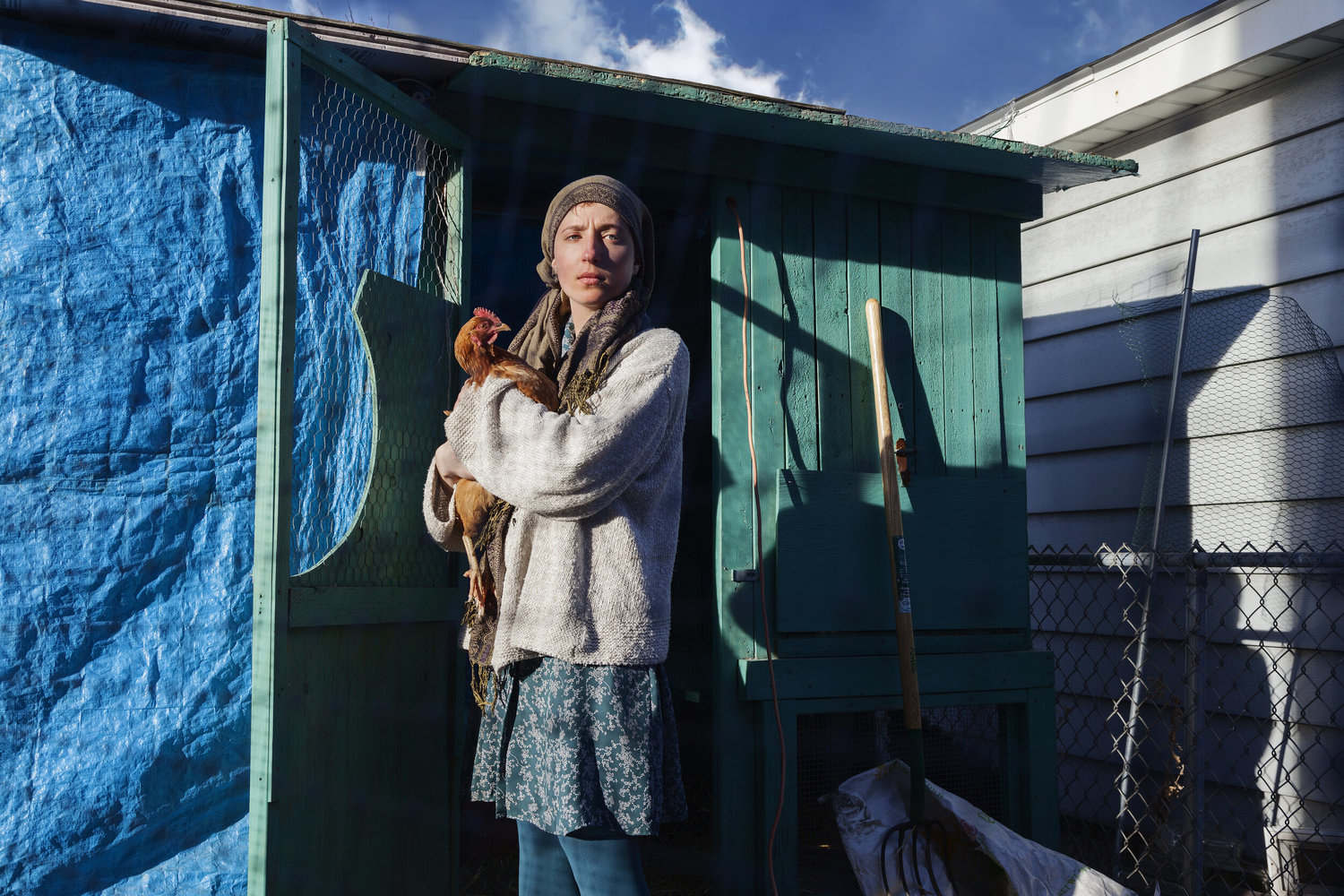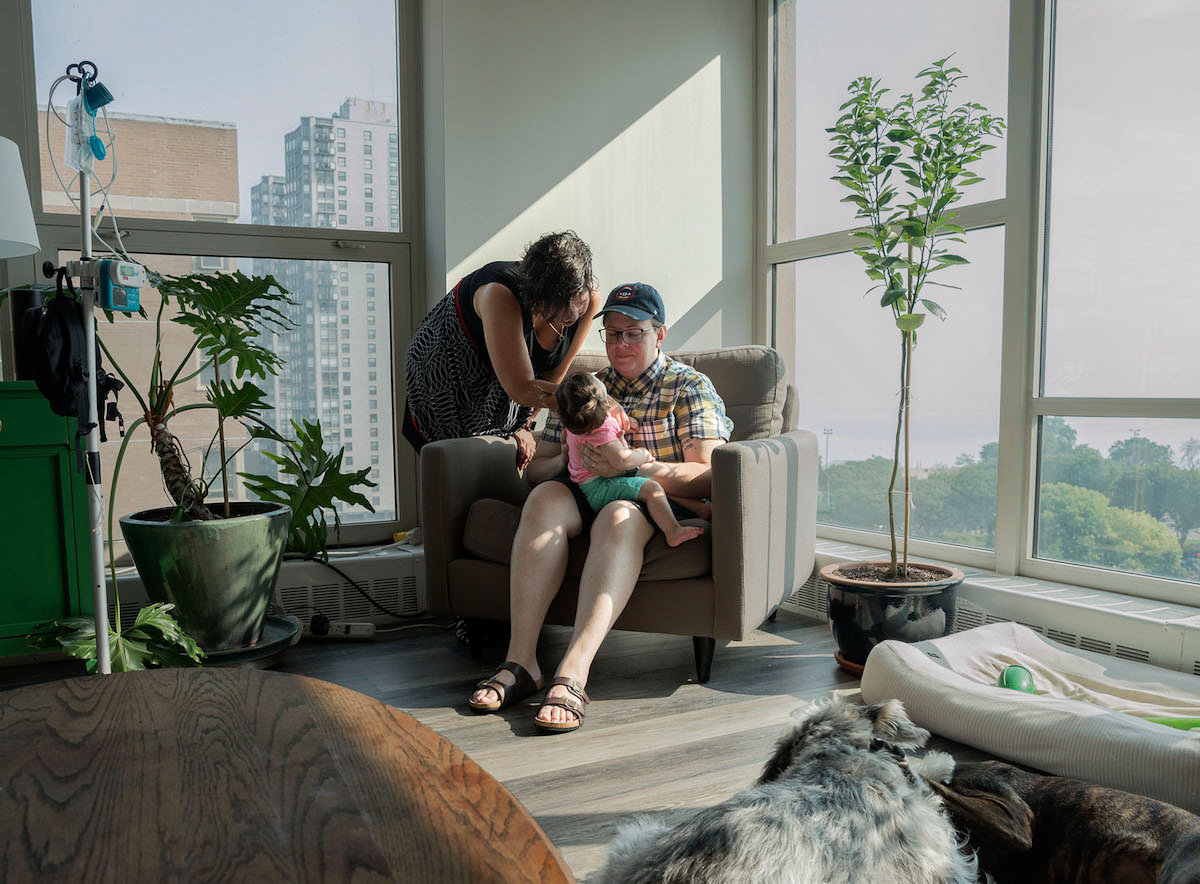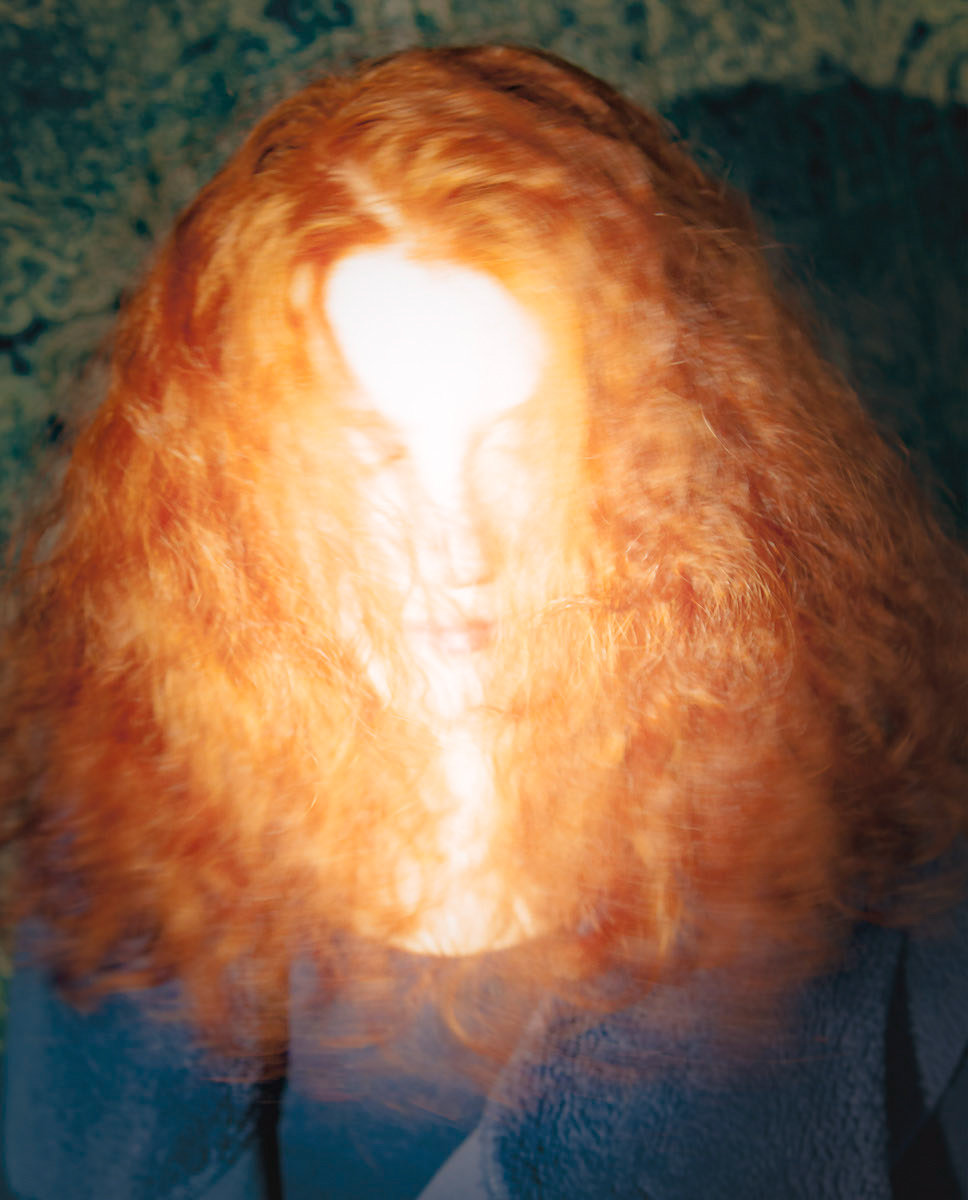and Southeastern Massachusetts
-
- Community
- In our schools
- Arts & Entertainment
- Photo galleries
- World
- Israel
- National
- Business
- Sports
- Israeli Newspapers
- Calendar
-
- Breaking the Glass
- Food
- Education
- Health
- In our schools
- Holidays
- Simchas
- Photo galleries
- Arts & Entertainment
- We Are Read
- Israeli Newspapers
- Candle lighting times
- Marketplace
- Obituaries
-
- The Conversation
- Dr. Stanley Aronson
- Mike Fink
- Larry Kessler
- Nancy Kirsch
- Kara Marziali
- Fran Ostendorf
- Patricia Raskin
- Rabbi James Rosenberg
- Daniel Stieglitz
- d'Var Torah
- Guest columnists
- Letters to the editor
- Podcasts
RISD grad’s photos explore queer Jewry
Shterna Goldbloom’s photographic artwork builds bridges between two worlds that seem to have a sizable distance between them: queer identity and Hasidic Jewish identity.
Goldbloom, of Chicago, received a master of fine arts, in photography, from the Rhode Island School of Design in 2019. It was during this time in Providence that they developed their thesis project, called “Feygeles.” This Yiddish word means little bird, but it is also used as a slur for a homosexual.
Goldbloom’s series “expresses both the queerness of these Jews and their flight,” they said in a recent Zoom interview.
Serving as photographic proof of their existence, pride and experiences, the project is made up of photographs and accompanying interviews with queer Jews. With an emphasis on models who were raised ultra-Orthodox, and who live as adults outside of that community, the images and text are presented on handmade Torah-shaped scrolls. The project explores ways to delve into and connect history and family traditions with sexuality and gender.
Goldbloom’s experience with the subject matter is the guiding light for the project; they grew up in a Hasidic community. When their mother got divorced, and later came out as gay, while remaining in the Orthodox community, it unearthed the complications of holding these identities simultaneously. Goldbloom started to explore these dynamics of gender and sexuality in a series of self-portrait photographs called “Sitra Achra (I Am the Other).”
The project explores people described in Kabbalah texts as in the realm of “evil” and “unholy” – a kind of “other,” such as women and gays who do not fit into traditional forms of femininity.
“Women who go to college and want to have babies outside of marriage and without husbands” fit into this category, Goldbloom said.
They continued, “Sitra achra is me. Now, as I sit on the other side, I try and find a way to see the two sides of myself together, to create a conversation between tradition and heresy.”
The images portray mundane scenes of life, but also a dichotomy between good and bad, holy and unholy – a search for the balance between traditional and contemporary representations of being.
Goldbloom said “Feygeles” was a natural extension of their self-portraits; as the project developed, the work grew to include portraits of other Jews with similar experiences of Orthodoxy and queerness.
Stretched across two wooden dowels that are modeled after the atzei chaim (the wooden poles around which the Torah is wrapped), and printed on fabric, each image in “Feygeles” is included in a larger scroll encompassing different themes of queerness and Judaism: Dedication Scroll, Anonymous Scroll, Transition Scroll, Possibility Scroll and Glossary Scroll. They show varying stages in people’s environments and experiences.
Visually, the images are calm in their portrayals of the difficulties and complexities of negotiating Jewish and LGBT+ identities. Both are communities that emphasize living in exile, outside of the mainstream, and yet in these works, the participants feel at home in their skin.
Both communities also express themselves through physical dress; Orthodox Jews often wear wigs, headscarves, kippot, tzitzit and modest clothes, while those in the LGBT+ community often have piercings and tattoos and wear highly individualistic fashions.
Each image and the accompanying text is warm, open and accepting. The project as a whole aims to demonstrate that there are many gorgeous, overlapping ways to be a Jew and a member of the LGBT+ community.
For more on Goldbloom’s work, go to https://www.shternagoldbloom.com.
HANNAH ALTMAN (haltman@jewishallianceri.org) is the content producer for the Jewish Alliance of Greater Rhode Island and writes for Jewish Rhode Island.
Keywords
Shterna Goldbloom, art, LGBTQ

401 Elmgrove Avenue
Providence, RI 02906
(401) 421-4111










